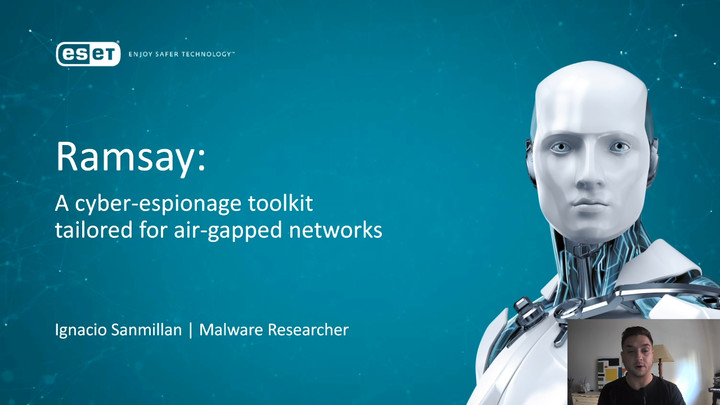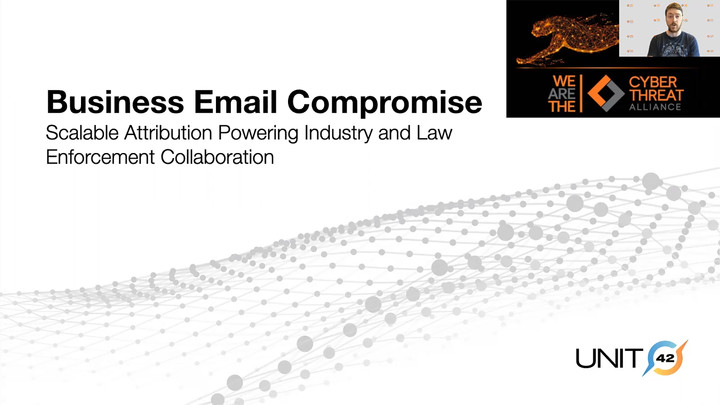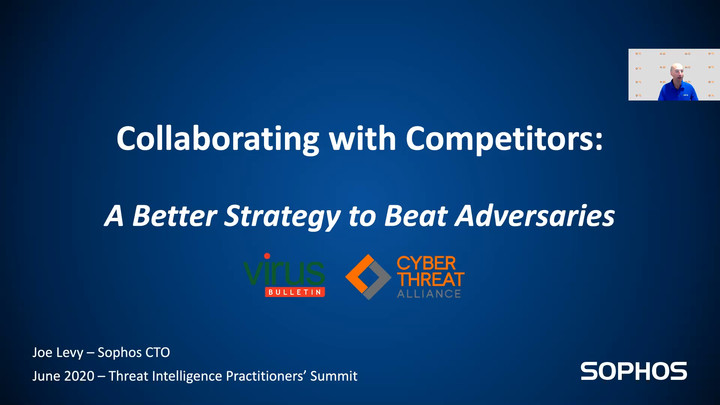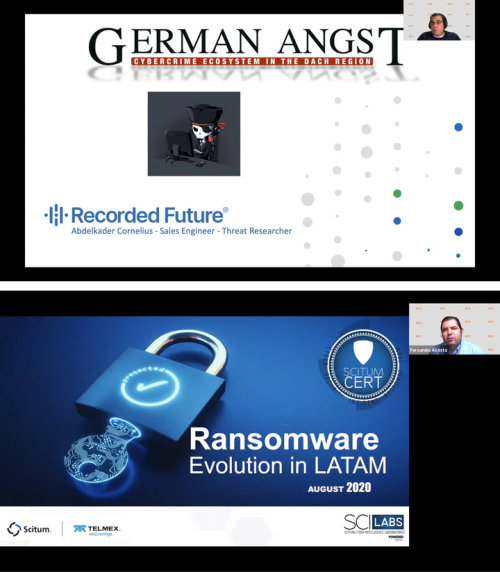Posted by Virus Bulletin on Nov 30, 2020
 At VB2020 localhost James Haughom, Stefano Ortolani and Baibhav Singh gave a presentation in which they described how XL4 macros are being weaponised and the evolution of the techniques used.
At VB2020 localhost James Haughom, Stefano Ortolani and Baibhav Singh gave a presentation in which they described how XL4 macros are being weaponised and the evolution of the techniques used.
Posted by Virus Bulletin on Nov 20, 2020
 The Ford Foundation has launched a tool designed to help nonprofit organizations assess their own cybersecurity efforts.
The Ford Foundation has launched a tool designed to help nonprofit organizations assess their own cybersecurity efforts.
Posted by Virus Bulletin on Nov 19, 2020
 At VB2020 localhost Paul Jung, of Excellium Services, detailed an incident response that he and his team faced when, in December 2019, a Belgian hospital required their help to manage a breach of their informations system.
At VB2020 localhost Paul Jung, of Excellium Services, detailed an incident response that he and his team faced when, in December 2019, a Belgian hospital required their help to manage a breach of their informations system.
Posted by Virus Bulletin on Nov 16, 2020
 At VB2020 localhost, ESET researcher Ignacio Sanmillan spoke about Ramsay, a toolkit specifically designed to steal documents and operate within air-gapped networks.
At VB2020 localhost, ESET researcher Ignacio Sanmillan spoke about Ramsay, a toolkit specifically designed to steal documents and operate within air-gapped networks.
Posted by Virus Bulletin on Nov 12, 2020
 As part of VB2020 localhost we were proud to co-host the Threat Intelligence Practitioners' Summmit (TIPS), put together by the Cyber Threat Alliance. In a series of blog posts we highlight some of the talks presented in the Summit and the important contribution of threat intelligence sharing.
As part of VB2020 localhost we were proud to co-host the Threat Intelligence Practitioners' Summmit (TIPS), put together by the Cyber Threat Alliance. In a series of blog posts we highlight some of the talks presented in the Summit and the important contribution of threat intelligence sharing.
Posted by Virus Bulletin on Nov 3, 2020
 As part of VB2020 localhost we were proud to co-host the Threat Intelligence Practitioners' Summmit (TIPS), put together by the Cyber Threat Alliance. In a series of blog posts we highlight some of the talks presented in the Summit and the important contribution of threat intelligence sharing.
As part of VB2020 localhost we were proud to co-host the Threat Intelligence Practitioners' Summmit (TIPS), put together by the Cyber Threat Alliance. In a series of blog posts we highlight some of the talks presented in the Summit and the important contribution of threat intelligence sharing.
Posted by Virus Bulletin on Oct 27, 2020
 As part of VB2020 localhost we were proud to co-host the Threat Intelligence Practitioners' Summmit (TIPS), put together by the Cyber Threat Alliance. In a series of blog posts we highlight some of the talks presented in the Summit and the important contribution of threat intelligence sharing
As part of VB2020 localhost we were proud to co-host the Threat Intelligence Practitioners' Summmit (TIPS), put together by the Cyber Threat Alliance. In a series of blog posts we highlight some of the talks presented in the Summit and the important contribution of threat intelligence sharing
Posted by Virus Bulletin on Oct 21, 2020
 As part of VB2020 localhost we were proud to co-host the Threat Intelligence Practitioners' Summmit (TIPS), put together by the Cyber Threat Alliance. In a series of blog posts we highlight some of the talks presented in the Summit and the important contribution of threat intelligence sharing.
As part of VB2020 localhost we were proud to co-host the Threat Intelligence Practitioners' Summmit (TIPS), put together by the Cyber Threat Alliance. In a series of blog posts we highlight some of the talks presented in the Summit and the important contribution of threat intelligence sharing.
Posted by Virus Bulletin on Oct 6, 2020
 VB2020 localhost - VB's first foray into the world of virtual conferences - took place last week, but you can still watch all the presentations.
VB2020 localhost - VB's first foray into the world of virtual conferences - took place last week, but you can still watch all the presentations.
Posted by Virus Bulletin on Aug 25, 2020
 The programme for VB2020 localhost - the first virtual, and entirely free to attend VB conference - is now complete, with new additions to both the live programme and the on-demand programme.
The programme for VB2020 localhost - the first virtual, and entirely free to attend VB conference - is now complete, with new additions to both the live programme and the on-demand programme.